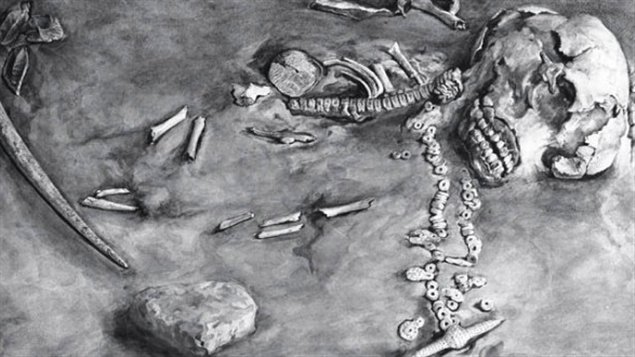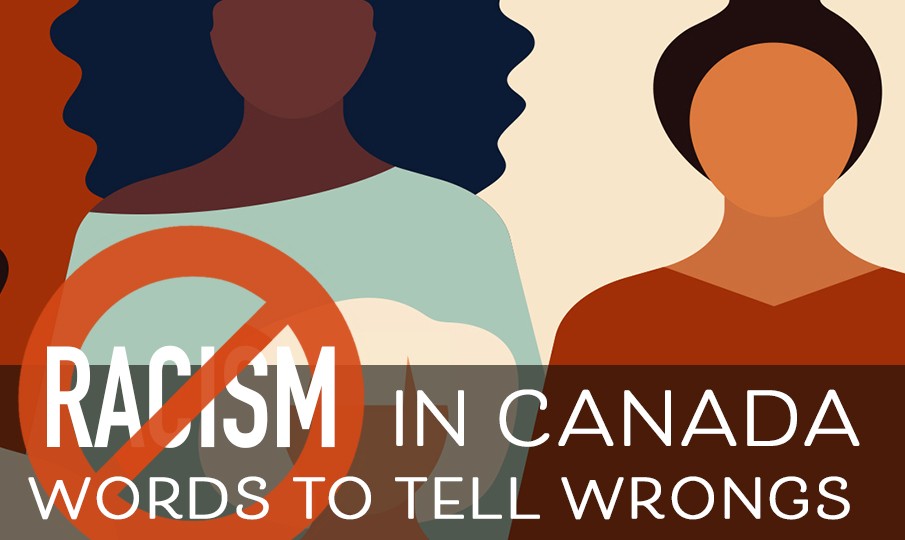Scientists testing the DNA of a 24,000 year old human skeleton have made a surprising discovery.

The skeleton is of a four-year-old boy excavated in south-central Siberia ( Mal’ta) in the 1920’s. The remains have been kept since then at the Hermitage State Museum in Russia.
Recently however a team of some 31 scientists in the US and Europe extracted DNA and found that the ancient child was not only related to modern western Europeans but that the DNA also turns up in many modern aboriginals in North America.
The findings were published in October in the scientific journal Nature. It suggests that between 14 to 38% of current North American aboriginals have this “European” DNA.
It has long been presumed that such DNA was from contact in recent centuries with European settlers.
One controversial theory to explain the European DNA is that ancient seal hunters from Europe using boats might have migrated westward to North America along a north Atlantic ice-edge.
The new evidence however now suggests an alternative. An ancient European population moved eastward into central and then eastern Asia, mingled with other populations and then crossed the land bridge formed between Siberia to Alaska as the ice retreated about 13,000 years .
“The result came as a complete surprise to us”
Danish archeologist Eske Willerslev, a researcher at the University of Copenhagen who led the study said, “The result came as a complete surprise to us. Who would have thought that present-day Native Americans, who we learned in school derive from East Asians, share recent evolutionary history with contemporary western Eurasians?”
Grant Zazula, a government paleontologist in Yukon Territory, says although it was always thought that the European genes in North American aboriginals were from relatively recent contact, the new study suggests “a significant portion of the genetic heritage of the New World’s first inhabitants was ancestrally coming from the Ice Age in Western Europe”
Jack Ives is a University of Alberta archeologist who has been studying movement of peoples across the land bridge and their spread down the ice-free corridor along the eastern Rocky Mountains as glaciers retreated.
He says the new evidence shows “that European populations and First Nations populations may share more genetic heritage than we previously thought. It’s worth keeping in mind in the modern world.”







For reasons beyond our control, and for an undetermined period of time, our comment section is now closed. However, our social networks remain open to your contributions.